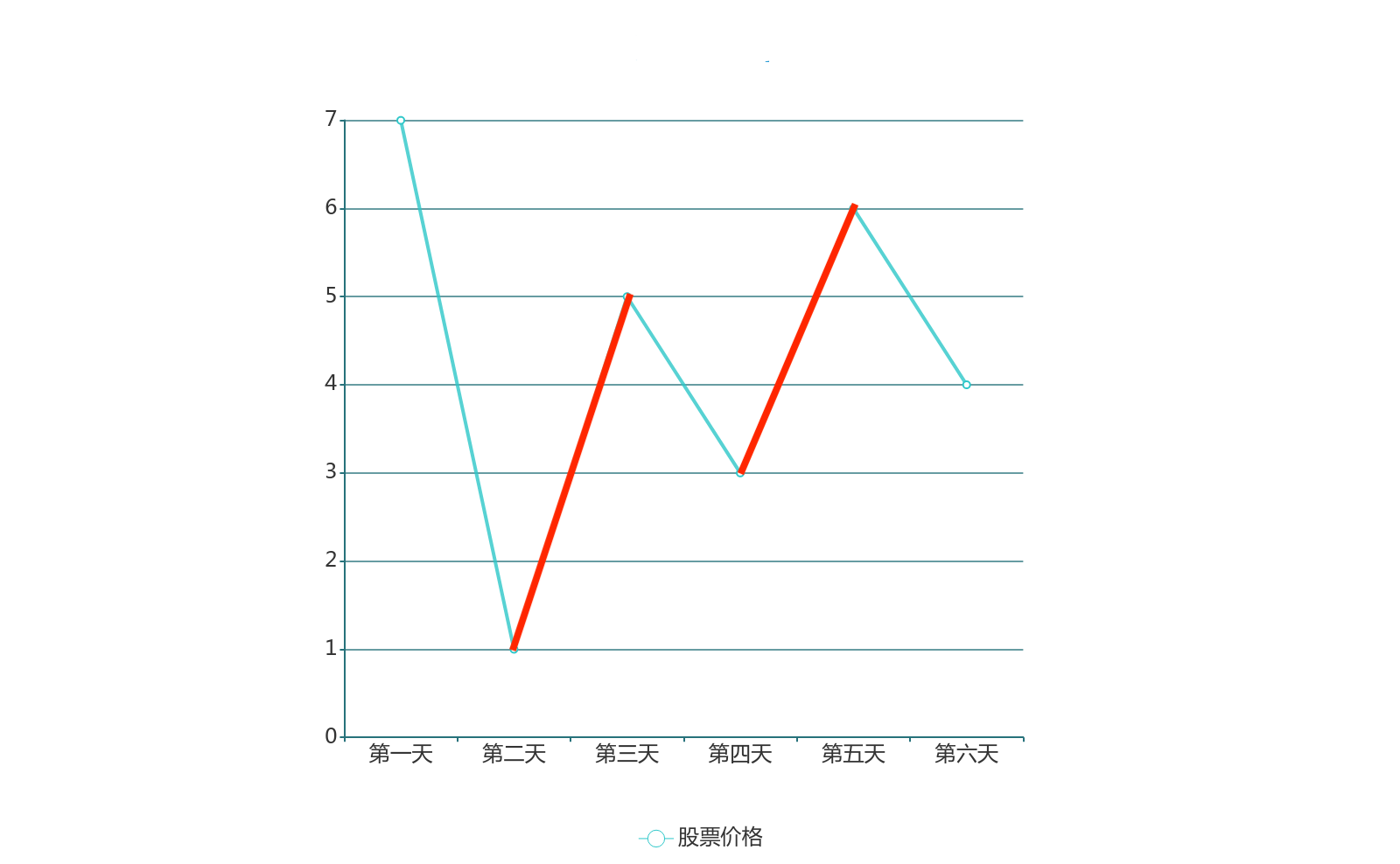字节&leetcode122:买卖股票的最佳时机 II
sisterAn opened this issue · comments
给定一个数组,它的第 i 个元素是一支给定股票第 i 天的价格。
设计一个算法来计算你所能获取的最大利润。你可以尽可能地完成更多的交易(多次买卖一支股票)。
注意: 你不能同时参与多笔交易(你必须在再次购买前出售掉之前的股票)。
示例 1:
输入: [7,1,5,3,6,4]
输出: 7
解释: 在第 2 天(股票价格 = 1)的时候买入,在第 3 天(股票价格 = 5)的时候卖出, 这笔交易所能获得利润 = 5-1 = 4 。
随后,在第 4 天(股票价格 = 3)的时候买入,在第 5 天(股票价格 = 6)的时候卖出, 这笔交易所能获得利润 = 6-3 = 3 。示例 2:
输入: [1,2,3,4,5]
输出: 4
解释: 在第 1 天(股票价格 = 1)的时候买入,在第 5 天 (股票价格 = 5)的时候卖出, 这笔交易所能获得利润 = 5-1 = 4 。
注意你不能在第 1 天和第 2 天接连购买股票,之后再将它们卖出。
因为这样属于同时参与了多笔交易,你必须在再次购买前出售掉之前的股票。示例 3:
输入: [7,6,4,3,1]
输出: 0
解释: 在这种情况下, 没有交易完成, 所以最大利润为 0。提示:
1 <= prices.length <= 3 * 10 ^ 40 <= prices[i] <= 10 ^ 4
附赠leetcode地址:leetcode
解法一:峰底买入,峰顶卖出
如图,在第二天买入,第三天卖出,第四天买入,第五天卖出获利最高,此处代码不再赘述,可以自己尝试写一下
解法二:贪心算法
贪心算法,故名思义,总是做出当前的最优选择,即期望通过局部的最优选择获得整体的最优选择。
某种意义上说,贪心算法是很贪婪、很目光短浅的,它不从整体考虑,仅仅只关注当前的最大利益,所以说它做出的选择仅仅是某种意义上的局部最优,但是贪心算法在很多问题上还是能够拿到最优解或较优解,所以它的存在还是有意义的。
对应于该题,第一天买入,第二天卖出,…,第 i 天买入,第 i+1 天卖出,如果 i 天买入第 i+1 天卖出有利润则买入,否则不买
第 i-1 天买入第 i 天卖出获利 prices[i+1]-prices[i] ,我们仅仅需要将 prices[i+1]-prices[i] 的所有正值加起来就是可获取的最大利益
代码实现:
let maxProfit = function(prices) {
let profit = 0
for (let i = 0; i < prices.length - 1; i++) {
if (prices[i + 1] > prices[i]) {
profit += prices[i + 1] - prices[i]
}
}
return profit
}复杂度分析:
- 时间复杂度:O(n)
- 空间复杂度:O(1)
var maxProfit = function(prices) {
let nums = 0
if (prices.length>0) {
let now = prices[0]
prices.forEach(value=>{
if (value>now){
nums+= value - now
}
now = value
})
}
return nums
}var maxProfit = function(prices) {
let res = 0;
let bottom = prices[0];
for(let i = 1; i<prices.length; i++){
if(prices[i]>prices[i-1]){
res = res + prices[i]-bottom;
bottom = prices[i];
}else if(prices[i]<=prices[i-1]){
bottom = prices[i];
}
}
return res;
};
